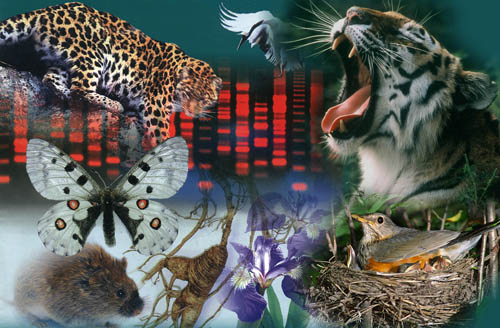Biodiversity of vascular plants and cryptogamous biota of the East Asia
Dynamics of biodiversity and productivity of the continental waters of the East Asia in a changing global environment
Biodiversity of parasites and development of molecular-genetic markers for parasite-host cenoses of the East Asian region
Biodiversity, taxonomy and evolution of terrestrial arthropods in the East Asia
Bird diversity at the Asia eastern margin in a changing world: monitoring of populations, Red-Listed species common to Russia and the APR countries; Hi Tech methods and approaches in studies of population ecology, seasonal migrations and taxonomy of the birds
Transformation of mammal communities of the Asia-Pacific region at environmental changes from the view of modern and historical aspects
Dynamics, function and evolution of soils and vegetation of the Northeast Asia
Evolution of the East Asia biota based on recent and fossil material
Study on the biota of the Ussuriisk Nature Reserve and the development of scientific approaches for the integrated area protection
Reproduction, conservation, protection and optimization of the biological resources of the Far East
Bioengineering and postgenomic technologies for fundamental issues and applied tasks of sustainable use of bioresources in the Far East



